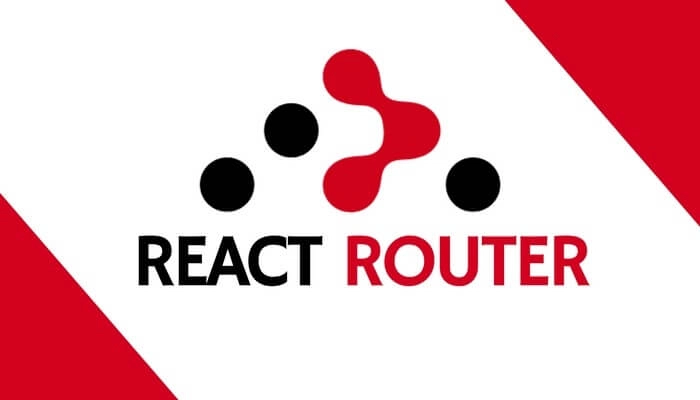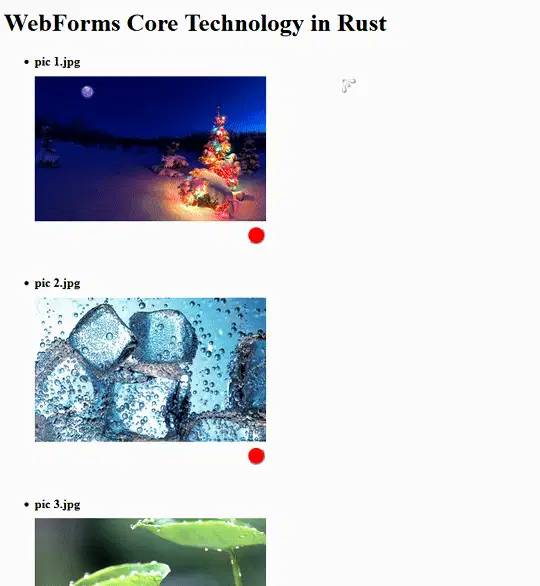React Router: Navigating the Future of React Apps
React Router When it comes to building modern web applications React Router, is the way to go it's a client side routing library that handles navigation between views or pages in React without reloading the page! A new React Router version V7.3.0 came out March 6th, 2025. Why use React Router? Great Navigation no page reloading for better UX. Dynamic Routing great for dynamic parameters and query string easily. Nested Routing create structured layouts with subroutes. Lets get set up Install the React Router package. npm install react-router-dom@latest Now wrap the entire app with in the index.js import React from "react"; import ReactDOM from "react-dom"; import { BrowserRouter } from "react-router-dom"; import App from "./App"; ReactDOM.render( , document.getElementById("root") ); This makes client side routing for your app. Now all routes are now in a container import { Routes, Route } from 'react-router-dom'; import Home from './pages/Home'; import About from './pages/About'; import Contact from './pages/Contact'; function App() { return ( ); } export default App; The /renders the Home page The /about renders the About page The /contact renders the Contact page Advanced Features Data Loading: React Router V7.3.0 has better enhanced data loading capabilities which is fetched before a route is rendered. This makes sure that when a page loads in real time all the data is already available, which will lead to faster performance and smoother user experience. Server side rendering: "SSR" helping use SEO and improve initial page load times. By rendering the content on the server before sending it to the client pages become more search friendly and load faster. Making wait time to go down drastically so the user doesn't have to wait for content to appear. Static pre rendering: Helps apps to generate static HTML pages for specific routes when its time to build. The pre generated files can be served directly to users, which will minimalize server requests, produce faster load speed, and makes for overall better performance. Now this feature is useful for sites with content that doesn't change frequently. IE blogs, marketing pages, and documentation sites. Features of React Router V7.3.0 No Break Upgrade: Updating from an older version to V7.3.0 makes sure apps continue to work without any modifications. React 19: This version has new bundling server rendering, pre rendering making the path to react 19 seamless. Enhanced Type Safety: A new type generation provides great service for route parameters, loader data, actions. Making developers more confident. Conclusion The new React Router V7.3.0 has taken a big leap forward in routing for React apps. It's a non breaking upgrade that makes existing projects adopt the new features without disruption, mostly. As React 19 approaches React Router V7.3.0 will help bridge the gap. Resources: https://reactrouter.com/ https://reactrouter.com/changelog https://api.reactrouter.com/v7/modules/react_router.html https://en.wikipedia.org/w/index.php?search=react+router&title=Special%3ASearch&ns0=1

React Router
When it comes to building modern web applications React Router, is the way to go it's a client side routing library that handles navigation between views or pages in React without reloading the page! A new React Router version V7.3.0 came out March 6th, 2025.
Why use React Router?
- Great Navigation no page reloading for better UX.
- Dynamic Routing great for dynamic parameters and query string easily.
- Nested Routing create structured layouts with subroutes.
Lets get set up
Install the React Router package.
npm install react-router-dom@latest
Now wrap the entire app with in the index.js
import React from "react";
import ReactDOM from "react-dom";
import { BrowserRouter } from "react-router-dom";
import App from "./App";
ReactDOM.render(
<BrowserRouter>
<App />
</BrowserRouter>,
document.getElementById("root")
);
This makes client side routing for your app.
Now all routes are now in a container
import { Routes, Route } from 'react-router-dom';
import Home from './pages/Home';
import About from './pages/About';
import Contact from './pages/Contact';
function App() {
return (
<Routes>
<Route path="/" element={<Home />} />
<Route path="/about" element={<About />} />
<Route path="/contact" element={<Contact />} />
</Routes>
);
}
export default App;
- The /renders the Home page
- The /about renders the About page
- The /contact renders the Contact page
Advanced Features
- Data Loading: React Router V7.3.0 has better enhanced data loading capabilities which is fetched before a route is rendered. This makes sure that when a page loads in real time all the data is already available, which will lead to faster performance and smoother user experience.
- Server side rendering: "SSR" helping use SEO and improve initial page load times. By rendering the content on the server before sending it to the client pages become more search friendly and load faster. Making wait time to go down drastically so the user doesn't have to wait for content to appear.
- Static pre rendering: Helps apps to generate static HTML pages for specific routes when its time to build. The pre generated files can be served directly to users, which will minimalize server requests, produce faster load speed, and makes for overall better performance. Now this feature is useful for sites with content that doesn't change frequently. IE blogs, marketing pages, and documentation sites.
Features of React Router V7.3.0
No Break Upgrade: Updating from an older version to V7.3.0 makes sure apps continue to work without any modifications.
React 19: This version has new bundling server rendering, pre rendering making the path to react 19 seamless.
Enhanced Type Safety: A new type generation provides great service for route parameters, loader data, actions. Making developers more confident.
Conclusion
The new React Router V7.3.0 has taken a big leap forward in routing for React apps. It's a non breaking upgrade that makes existing projects adopt the new features without disruption, mostly. As React 19 approaches React Router V7.3.0 will help bridge the gap.
Resources:
https://reactrouter.com/
https://reactrouter.com/changelog
https://api.reactrouter.com/v7/modules/react_router.html
https://en.wikipedia.org/w/index.php?search=react+router&title=Special%3ASearch&ns0=1












































































































































































![[The AI Show Episode 142]: ChatGPT’s New Image Generator, Studio Ghibli Craze and Backlash, Gemini 2.5, OpenAI Academy, 4o Updates, Vibe Marketing & xAI Acquires X](https://www.marketingaiinstitute.com/hubfs/ep%20142%20cover.png)



























































































































![[DEALS] The Premium Learn to Code Certification Bundle (97% off) & Other Deals Up To 98% Off – Offers End Soon!](https://www.javacodegeeks.com/wp-content/uploads/2012/12/jcg-logo.jpg)


![From drop-out to software architect with Jason Lengstorf [Podcast #167]](https://cdn.hashnode.com/res/hashnode/image/upload/v1743796461357/f3d19cd7-e6f5-4d7c-8bfc-eb974bc8da68.png?#)









































































































.png?#)

































_Christophe_Coat_Alamy.jpg?#)
 (1).webp?#)




































































































![iPhone 17 Pro Won't Feature Two-Toned Back [Gurman]](https://www.iclarified.com/images/news/96944/96944/96944-640.jpg)
![Tariffs Threaten Apple's $999 iPhone Price Point in the U.S. [Gurman]](https://www.iclarified.com/images/news/96943/96943/96943-640.jpg)








































































































































